Mitiglinide calcium
Synonym(s):(aS,3aR,7aS)-Octahydro-g-oxo-a-(phenylmethyl)-2H-isoindole-2-butanoic acid calcium salt;[2(S)-cis]-Octahydro-g-oxo-a-(phenylmethyl)-2H-isoindole-2-butanoic acid calclium salt;KAD 1229;Mitiglinide hemicalcium salt;S 21403
- CAS NO.:145525-41-3
- Empirical Formula: (C19H24NO3)2.Ca
- Molecular Weight: 668.88
- MDL number: MFCD08458378
- EINECS: 692-046-9
- SAFETY DATA SHEET (SDS)
- Update Date: 2025-12-11 08:41:34
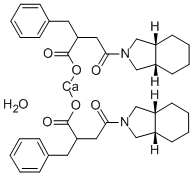
What is Mitiglinide calcium?
Description
Mitiglinide is a non-sulfonylurea hypoglycemic agent that has been developed and launched in Japan for the treatment of type-2 diabetes. Similar to the sulfonylurea insulinotropic drugs, mitiglinide adopts a U-shaped configuration in which the base of the U contains an amide linkage, and each branch of the U incorporates a hydrophobic side chain. This similarity in conformation suggests that mitiglinide also binds to the sulfonylurea receptor to cause the direct closing of ATP-sensitive potassium channels in pancreatic β-cells; the result is stimulation of insulin secretion. In contrast to typical sulfonylurea agents that frequently cause hypoglycemia due to slowly reversed insulinotropic activity, mitiglinide’s short duration of action should be advantageous in preventing this adverse effect. It also enjoys a rapid onset of insulin release. Mitiglinide can be prepared by several closely related methods, which involve either classical resolution of racemic intermediates, or enantioselective methods, such as, chiral enolate alkylation, and asymmetric hydrogenation with a rhodium or ruthenium-based chiral diphosphine complex. A highly efficient preparative method for mitiglinide involves the diasteroselective alkylation of a chiral acylsultam intermediate that is obtained by the reaction of 3-phenylpropionyl chloride with (-)-camphorsultam. The chiral enolate of the acylsultam is derived by using sodium hexamethyldisilazane as the base, and is subsequently alkylated with tert-butyl bromoacetate to achieve >93% diastereomeric purity of the product. Following cleavage of the tert-butyl ester with trifluoroacetic acid, the resultant acid is coupled with (3aR,7aS)octahydro-1H-isoindole, and the camphorsultam chiral auxiliary is removed by saponification to produce the parent acid of mitiglinide in high yield. In vitro, mitiglinide has about a 1000-fold greater affinity for the Kir6.2/SUR1 form of potassium-ATP channels expressed in β-cells (IC50=4nM) than for the Kir6.2/SUR2A or Kir6.2/SUR2B channel types found in cardiac and smooth muscle. In fact, it is significantly less potent in blocking potassium-ATP channels than the prototype sulfonylurea glyburide (IC50=42μM vs. 0.13 μM, respectively); thus, it possesses a more favorable cardiac safety profile. Phase III clinical data demonstrated that mitiglinide significantly improved indices of blood glucose control (postprandial glucose and fasting plasma glucose levels) in a double blind, comparative study. It was also confirmed that the incidence of hypoglycemia, a frequent adverse effect, remained as low as placebo. In another placebo-controlled study involving twenty-two patients with type-2 diabetes, mitiglinide 5mg t.i.d. treatment significantly suppressed postprandial plasma glucose elevations (181 vs. 261mg/dL with placebo), and the daily change in blood glucose level was reduced with no subjective symptoms. No episodes of hypoglycemia or abnormal clinical laboratory parameters were noted. Regarding the pharmacokinetics, a single oral dose (unspecified) of mitiglinide reached its peak plasma concentration of about 0.5 μg/mL at 30 minutes post dose and then steadily declined to about 0.04 μg/mL at 4 h.
Originator
Kissei (Japan)
The Uses of Mitiglinide calcium
Mitiglinide Calcium is a blood glucose-lowering drugs, stimulating insulin secretion by closing the ATP-sensitive K+ channels in pancreatic beta-cells
Definition
ChEBI: Kad 1229 is a polymer.
brand name
Glufast
Synthesis
A number of publications and patents have disclosed the syntheses of mitiglinide. One of the syntheses describing the preparation of mitiglinide using bis-activated esters to obtain a selective mono amide is described in Scheme 8. The synthesis starts with racemic 2-benzylsuccinic acid (51) which was resolved into its enantiomer using chiral amine salt formation and crystallization. Out of several amines used, (R)-1- phenylethylamine gave the best results for the chiral resolution (99.5% ee, 19.5%). Acid 52 was treated with thionyl chloride and triethylamine followed by Nhydroxysuccinamide to give doubly activated ester 53 (97%). Treatment of this double ester 53 with tetrahydroisoindoline (54) gave selectively mono amide to di-amide in 99:1 ratio. Hydrolysis of the activated ester in 55 with water gave desired product 56 in 99% yield. Subsequent conversion in two steps to the half calcium salt provided mitiglinide calcium hydrate (VIII) in 91% yield.
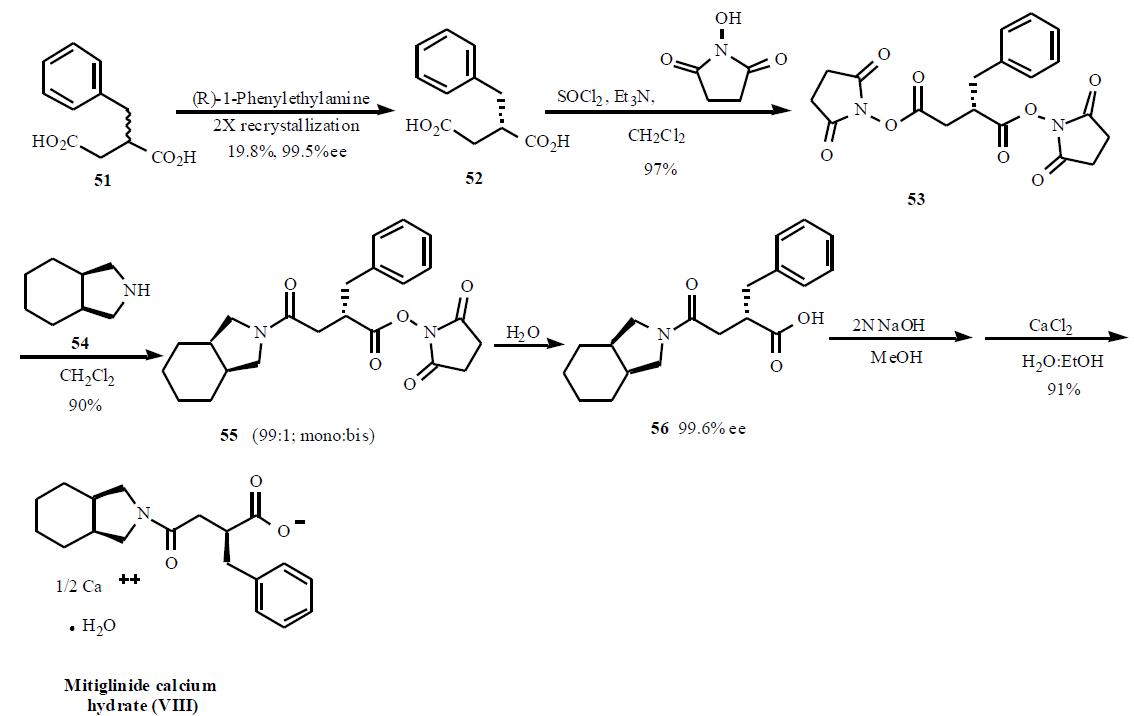
Mode of action
Mitiglinide is another non-sulfonylurea insulin secretagogue. Insulin secretion is physiologically stimulated by the binding of ATP to a cytosolic nucleotide binding site of the membrane bound ATP-sensitive K+ channel which leads to closure of the K+ channel. The inhibition of K+ permeability depolarizes the plasma membrane, subsequently the voltage-dependent Ca2+ channel opens to promote the Ca2+ influx which finally results in insulin secretion. The insulin secretagogues stimulate insulin secretion by closure of this ATP-sensitive K+ channel of pancreatic -cells. KATP-channel consists of two subunits, a functional ion channel pore and a regulatory protein. The binding of the secretagogues is suggested to occur to the separate regulator protein containing the binding sites for sulfonylureas (sulfonylurea receptor 1, SUR1) but also other compounds.
Properties of Mitiglinide calcium
| Melting point: | 146-148°C |
| Density | 1.175 |
| storage temp. | Inert atmosphere,Room Temperature |
| solubility | DMSO: ≥10mg/mL at warmed to 60°C |
| form | powder |
| color | white to beige |
| optical activity | [α]/D +5 to +9° (c=1, MeOH) |
| CAS DataBase Reference | 145525-41-3(CAS DataBase Reference) |
Safety information for Mitiglinide calcium
| Signal word | Warning |
| Pictogram(s) |
 Exclamation Mark Irritant GHS07 |
| GHS Hazard Statements |
H413:Hazardous to the aquatic environment, long-term hazard |
| Precautionary Statement Codes |
P273:Avoid release to the environment. P501:Dispose of contents/container to..… |
Computed Descriptors for Mitiglinide calcium
New Products
4,4-Difluoropiperidine hydrochloride tert-butyl 9-methoxy-3-azaspiro[5.5]undecane-3-carboxylate Indole Methyl Resin N-Isopropylurea N,N-Dicyclohexylcarbodiimide(DCC) MELDRUMS ACID 5-METHYLISOXAZOLE-4-CARBOXYLIC ACID Magnessium Bis glycinate Zinc ascorbate 1-bromo-2-butyne 2-acetamidophenol 9(10H)-anthracenone Erythrosin B, 4-Piperidinopiperidine 2-((4-morpholinophenylamino) (methylthio) methylene) malononitrile 2,4-dihydroxybenzaldehyde 3-(4-morpholinophenylamino)-5-amino-1H-pyrazole-4-carbonitrile Methyl 2-methylquinoline-6-carboxylate 2,6-dichloro-4-nitropyridine 4-Bromo-2-chlorobenzonitrile 2-(benzylamino)acetic acid hydrochloride 4-(tert-Butoxycarbonylamino)but- 2-ynoic acid 3,4-dihydro-2H-benzo[b][1,4]dioxepine 1-Phenyl-1-cycloprppanecarboxylicacidRelated products of tetrahydrofuran

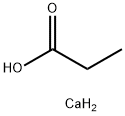



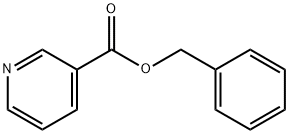
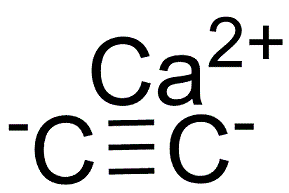

You may like
-
 Mitiglinide Calcium CAS 145525-41-3View Details
Mitiglinide Calcium CAS 145525-41-3View Details
145525-41-3 -
 Calcium (s)-2-benzyl-4-((3ar,7as)-hexahydro-1h-isoindol-2(3h)-yl)-4-oxobutanoate 95% CAS 145525-41-3View Details
Calcium (s)-2-benzyl-4-((3ar,7as)-hexahydro-1h-isoindol-2(3h)-yl)-4-oxobutanoate 95% CAS 145525-41-3View Details
145525-41-3 -
 Mitiglinide calcium CAS 145525-41-3View Details
Mitiglinide calcium CAS 145525-41-3View Details
145525-41-3 -
 3-(4-amino-1-oxoisoindolin-2-yl)-1-methylpiperidine-2,6-dione 98%View Details
3-(4-amino-1-oxoisoindolin-2-yl)-1-methylpiperidine-2,6-dione 98%View Details -
 20677-73-0 (2,2-diethoxyethyl)methylamine 98%View Details
20677-73-0 (2,2-diethoxyethyl)methylamine 98%View Details
20677-73-0 -
 3-(4-(hydroxyamino)-1-oxoisoindolin-2-yl)piperidine-2,6-dione 98%View Details
3-(4-(hydroxyamino)-1-oxoisoindolin-2-yl)piperidine-2,6-dione 98%View Details -
 57381-49-4 2-bromo-4-chlorobenzonitrile 98%View Details
57381-49-4 2-bromo-4-chlorobenzonitrile 98%View Details
57381-49-4 -
 4,6-dichloropyrimidine-5-carbaldehyde 98%View Details
4,6-dichloropyrimidine-5-carbaldehyde 98%View Details
5305-40-8
